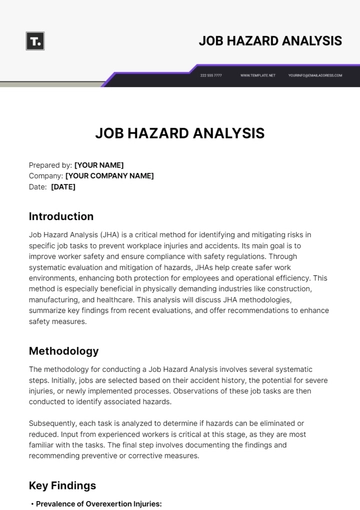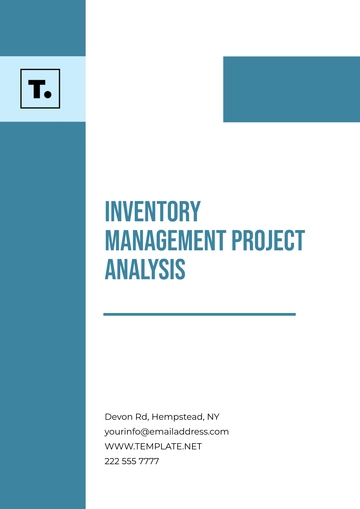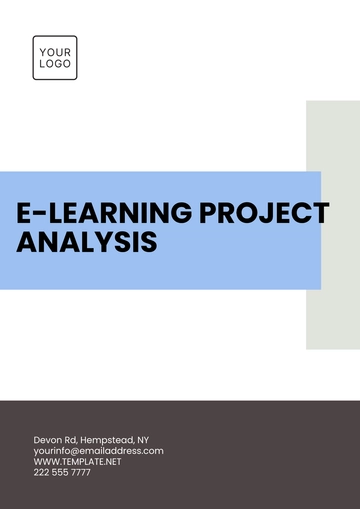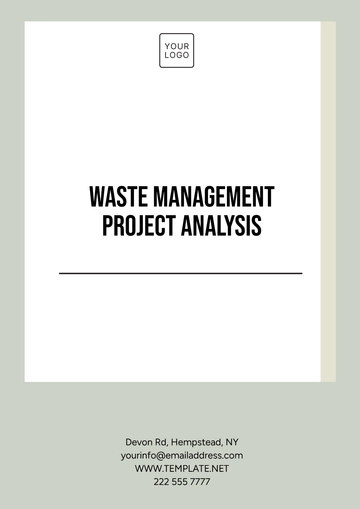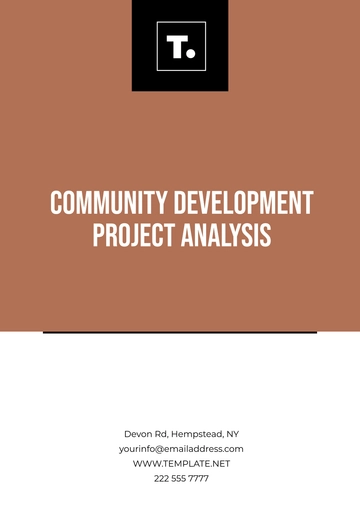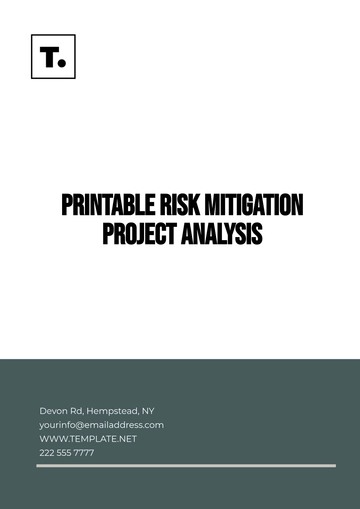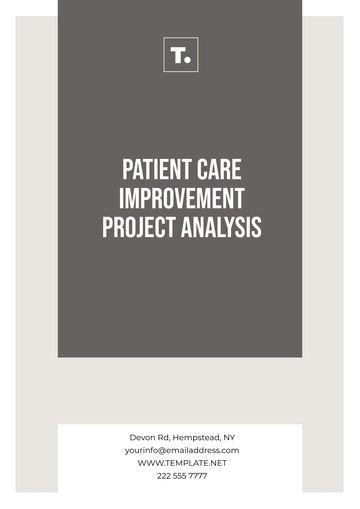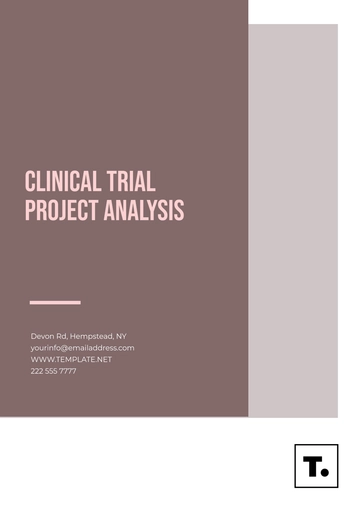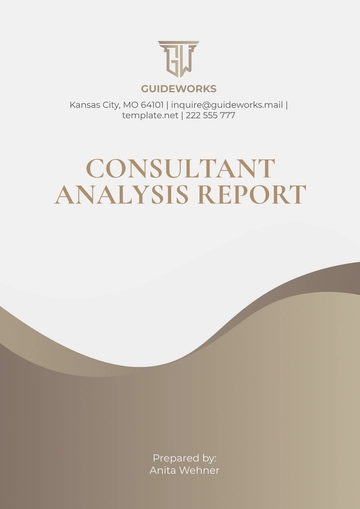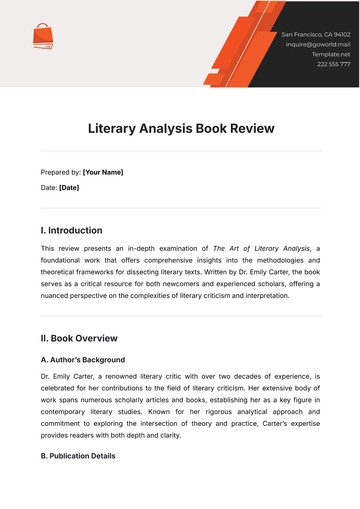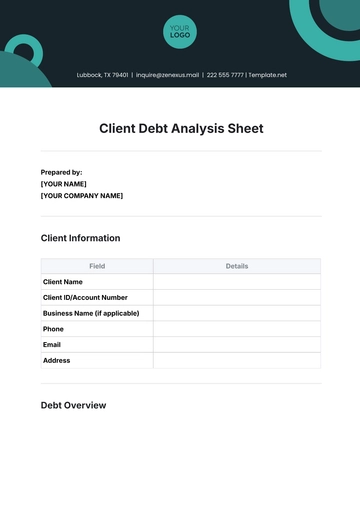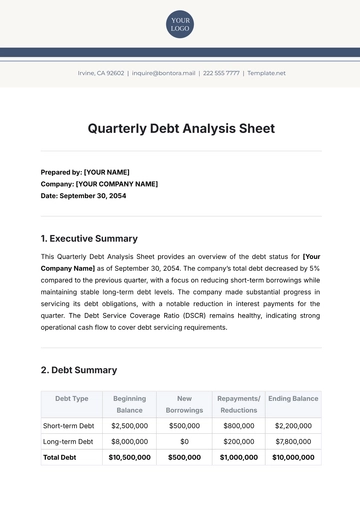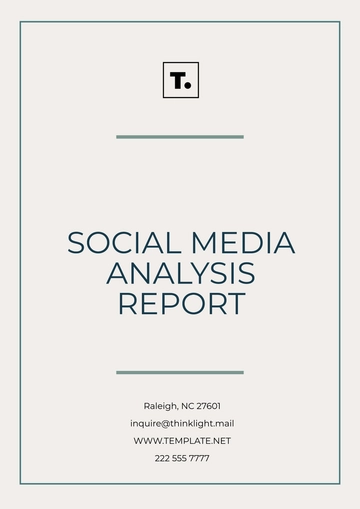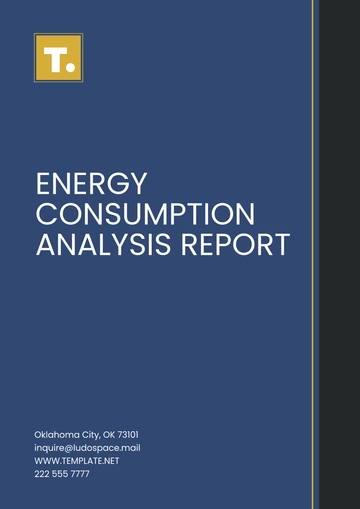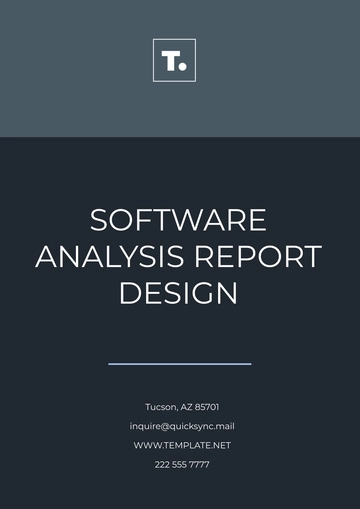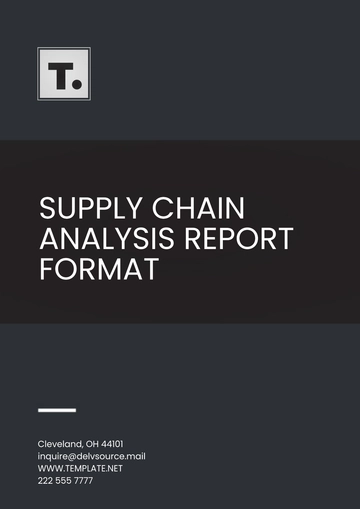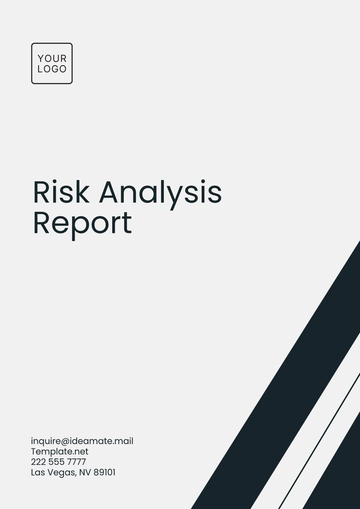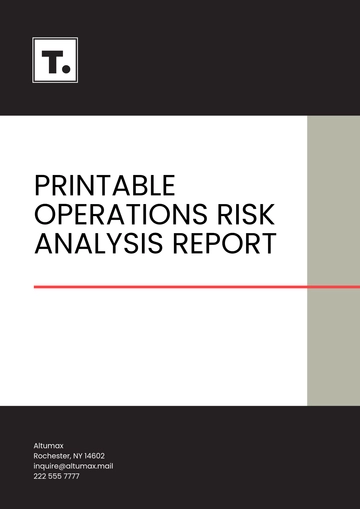Free Pharmaceutical Analysis

I. Introduction
[Your Company Name] has conducted extensive research into the development of a breakthrough medication, [Neuro Med], designed to treat early-stage neurodegenerative diseases such as Alzheimer's. This analysis outlines the research findings, methodologies, clinical results, and next steps toward regulatory approval and market launch. By leveraging advanced biotechnology and clinical expertise, [Neuro Med] has the potential to significantly improve the quality of life for millions of patients worldwide.
A. Research Objective
To develop a medication that halts or slows the progression of early-stage neurodegenerative diseases. This objective aligns with global health priorities to tackle cognitive decline.
B. Disease Impact
Neurodegenerative diseases like Alzheimer’s affect millions globally, leading to debilitating cognitive and physical impairments. Early intervention remains a critical challenge.
C. Long-Term Vision
The goal is to establish [Neuro Med] as a cornerstone therapy in managing neurodegenerative diseases. Ongoing research focuses on expanding its applications to other conditions.
II. Research Methodology
A rigorous and systematic approach was employed to ensure the reliability and validity of the research. This section details the methodology used in the development and testing of [Neuro Med].
Phase | Duration | Outcome |
|---|---|---|
Preclinical Studies | 12 months | Established safety and efficacy |
Mechanism Validation | 8 months | Demonstrated 80% reduction in plaques |
Phase I Clinical Trials | 6 months | Confirmed safety in humans |
Phase II Clinical Trials | 12 months | Identified optimal dosage |
Phase III Clinical Trials | 18 months | Achieved 65% improvement in cognitive function |
Comprehensive Studies: Preclinical studies confirmed the safety and potential efficacy of [Neuro Med]. These findings established the foundation for clinical trials.
Validated Mechanism: Research confirmed that the drug significantly reduces beta-amyloid plaques, a hallmark of Alzheimer’s disease. This supports its therapeutic potential.
Human Safety Testing: Phase I clinical trials involved [120] healthy volunteers and showed no significant adverse effects. This milestone was critical for moving to patient trials.
Optimal Dosage: Phase II trials identified the most effective and safe dosage range. Patients showed early signs of improved cognitive performance.
Large-Scale Efficacy: Phase III trials demonstrated statistically significant improvements in patient outcomes, including memory retention and daily functioning.
III. Clinical Findings
The clinical findings provide a detailed overview of the impact of [Neuro Med] on patient outcomes. This section highlights the results of clinical trials and their implications for treatment efficacy.
Metric | Baseline | Post-Treatment | Post-Treatment |
|---|---|---|---|
Cognitive Function Score | 45 (out of 100) | 60 | 75 |
Daily Activity Independence | 30% | 50% | 65% |
Beta-Amyloid Reduction | N/A | 50% | 80% |
Adverse Reaction Incidence | N/A | 5% | 8% |
Patient Retention Rate | N/A | 95% | 90% |
Improved Cognitive Function: Patients demonstrated a 66% increase in cognitive function scores over [12] months. This represents a significant improvement in mental clarity and memory retention.
Enhanced Independence: Daily activity independence rose from [30%] at baseline to [65%] after one year. Patients were better able to perform essential tasks.
Plaque Reduction: [Neuro Med] achieved an [80%] reduction in beta-amyloid plaques in the brain. This biomarker improvement supports the drug's efficacy.
Minimal Side Effects: Adverse reactions occurred in only [8%] of patients, primarily involving mild nausea or fatigue. This confirms the drug’s high tolerability.
High Retention: Patient retention during the trials remained above [90%], reflecting positive experiences and manageable side effects.
IV. Market and Regulatory Outlook
The successful development of [Neuro Med] paves the way for market approval and widespread adoption. This section explores the regulatory, economic, and market landscape for the drug.
Regulatory Approval Pathway: Submission to regulatory agencies, including the FDA and EMA, is underway. Accelerated review pathways are being pursued due to the drug’s breakthrough designation.
Target Market Size: The global market for Alzheimer’s medications is projected to reach [$12,000,000,000] by [2055]. [Neuro Med] has the potential to capture a significant share.
Pricing Strategy: A competitive pricing model balances affordability with profitability. Collaboration with healthcare providers ensures accessibility.
Global Distribution Plan: Partnerships with logistics providers ensure timely delivery to key markets. Focus regions include North America, Europe, and Asia.
Post-Market Studies: Ongoing research will monitor long-term outcomes and explore additional therapeutic applications for [Neuro Med].
V. Financial Investment Analysis
Research and development efforts require substantial investment, but the potential returns from [Neuro Med] justify these costs. This section provides a financial breakdown of the project.
Category | Expenditure |
|---|---|
Preclinical Research | $50,000,000 |
Clinical Trials | $120,000,000 |
Manufacturing Scale-Up | $80,000,000 |
Marketing and Distribution | $60,000,000 |
Regulatory Submissions | $10,000,000 |
High R&D Investment: A total of [$250,000,000] was invested in research, trials, and production readiness. This ensures the highest quality standards for [Neuro Med].
Manufacturing Preparedness: [$80,000,000] was allocated to scale production capabilities. Facilities are ready for high-volume output upon regulatory approval.
Marketing Strategies: [$60,000,000] supports promotional campaigns and outreach to healthcare professionals. These efforts build brand recognition and trust.
Regulatory Support: A [$10,000,000] investment expedited regulatory processes, ensuring faster access to patients. This strategic decision aligns with market demands.
Projected Returns: Revenue growth of [20%] annually is expected, with a [30%] gross margin, reflecting the financial viability of the project.
VI. Patient-Centric Focus
As part of the development and planned distribution of [Neuro Med], [Your Company Name] emphasizes a patient-centered approach. This ensures the treatment aligns with the needs and expectations of those affected by neurodegenerative diseases.
Patient Advocacy Collaboration: Partnerships with advocacy groups provide critical insights into patient needs. These collaborations also help foster trust within the community.
Affordability and Accessibility: Pricing strategies are being designed to make [Neuro Med] affordable without compromising quality. Financial assistance programs will be established for underserved populations.
Educational Campaigns: Resources and educational programs will be created for patients and caregivers to understand treatment plans and expected outcomes. This builds confidence in the therapy.
VII. Risk Mitigation and Contingency Plans
The development and launch of a new pharmaceutical product like [Neuro Med] involve inherent risks. [Your Company Name] has implemented robust strategies to manage these risks and ensure project success.
Regulatory Risks: Proactive engagement with regulatory authorities minimizes approval delays. Frequent compliance audits ensure alignment with global standards.
Manufacturing Risks: Contingency plans for raw material shortages and equipment failures are in place. Alternate suppliers and redundant production lines ensure uninterrupted operations.
Market Risks: Competitor analysis and targeted marketing campaigns mitigate market share challenges. Diversified promotional strategies ensure widespread brand awareness.
Clinical Uncertainty: Ongoing studies will monitor long-term safety and efficacy. Data-driven decisions help address any unforeseen issues in treatment outcomes.
VIII. Next Steps
With the successful completion of clinical trials, [Your Company Name] will focus on securing regulatory approvals, preparing for market launch, and expanding the research scope. These efforts aim to maximize the impact of [Neuro Med] on global healthcare.
Strategic Partnerships: Collaborate with healthcare providers and patient advocacy groups to ensure widespread adoption.
Research Expansion: Explore [Neuro Med]'s application to other neurodegenerative conditions, such as Parkinson’s and Huntington’s diseases.
Global Launch Preparation: Begin international marketing campaigns to establish the product in key markets.
By prioritizing efficient regulatory processes, production readiness, and strategic market entry, [Your Company Name] is poised to make a lasting impact on the treatment of neurodegenerative diseases. These efforts will not only reinforce the company’s leadership in pharmaceutical innovation but also bring hope to millions of patients and their families.
- 100% Customizable, free editor
- Access 1 Million+ Templates, photo’s & graphics
- Download or share as a template
- Click and replace photos, graphics, text, backgrounds
- Resize, crop, AI write & more
- Access advanced editor
Enhance data-driven decision-making with the Pharmaceutical Analysis Template on Template.net. This editable and customizable template is ideal for analyzing market trends, research data, or operational performance. Modify it using the Ai Editor Tool to present complex information clearly and professionally. Leverage this analysis template to support strategic planning and innovation in pharmaceutical operations.

